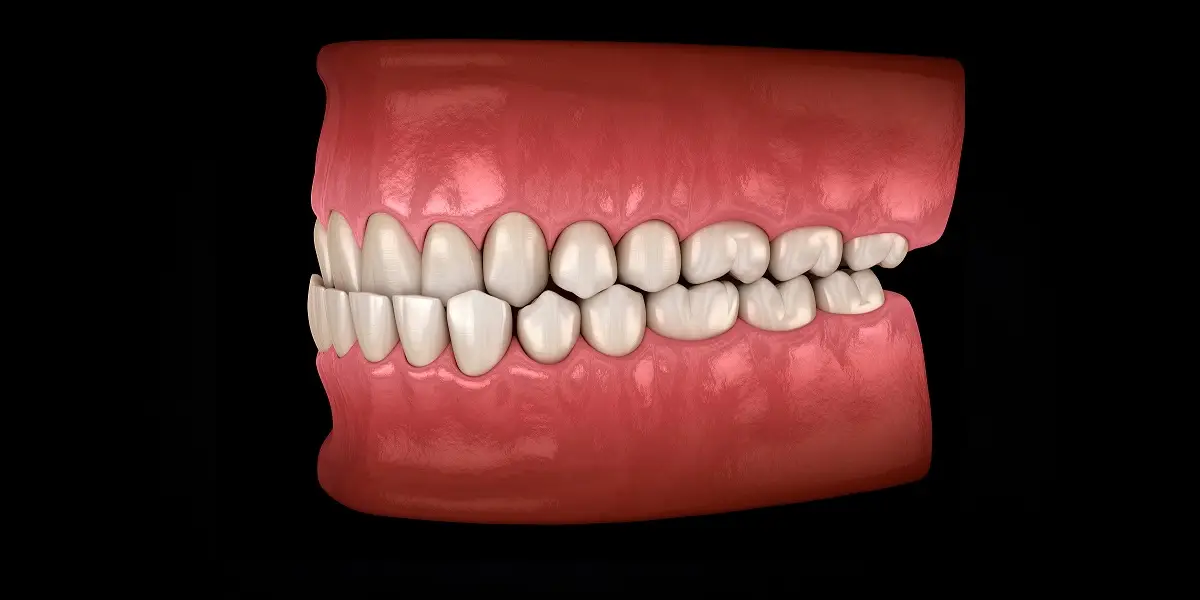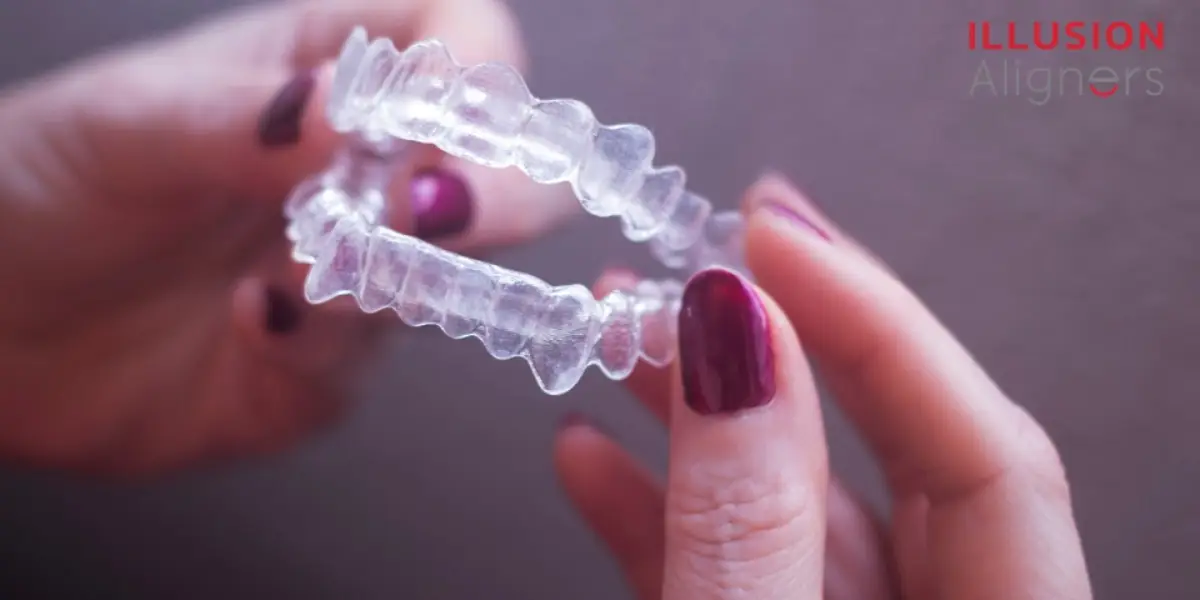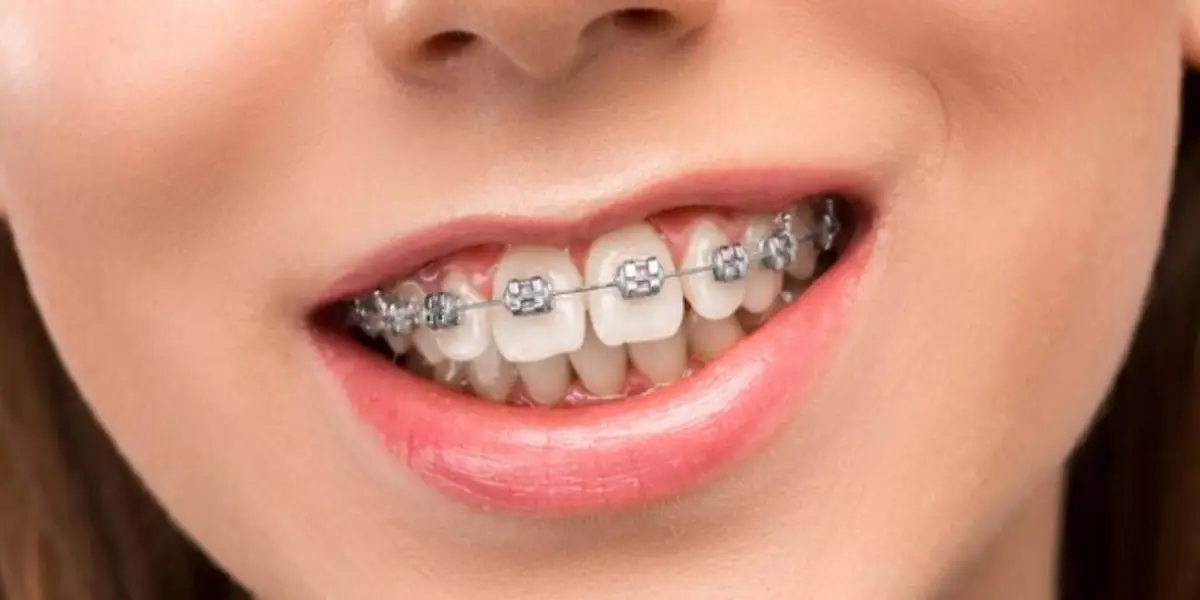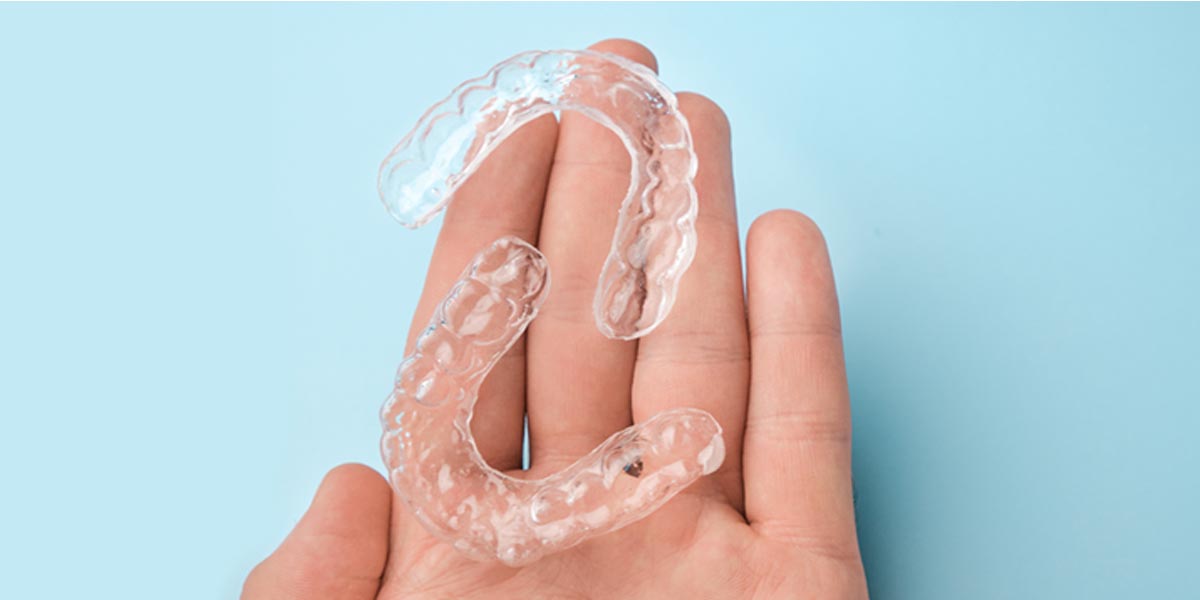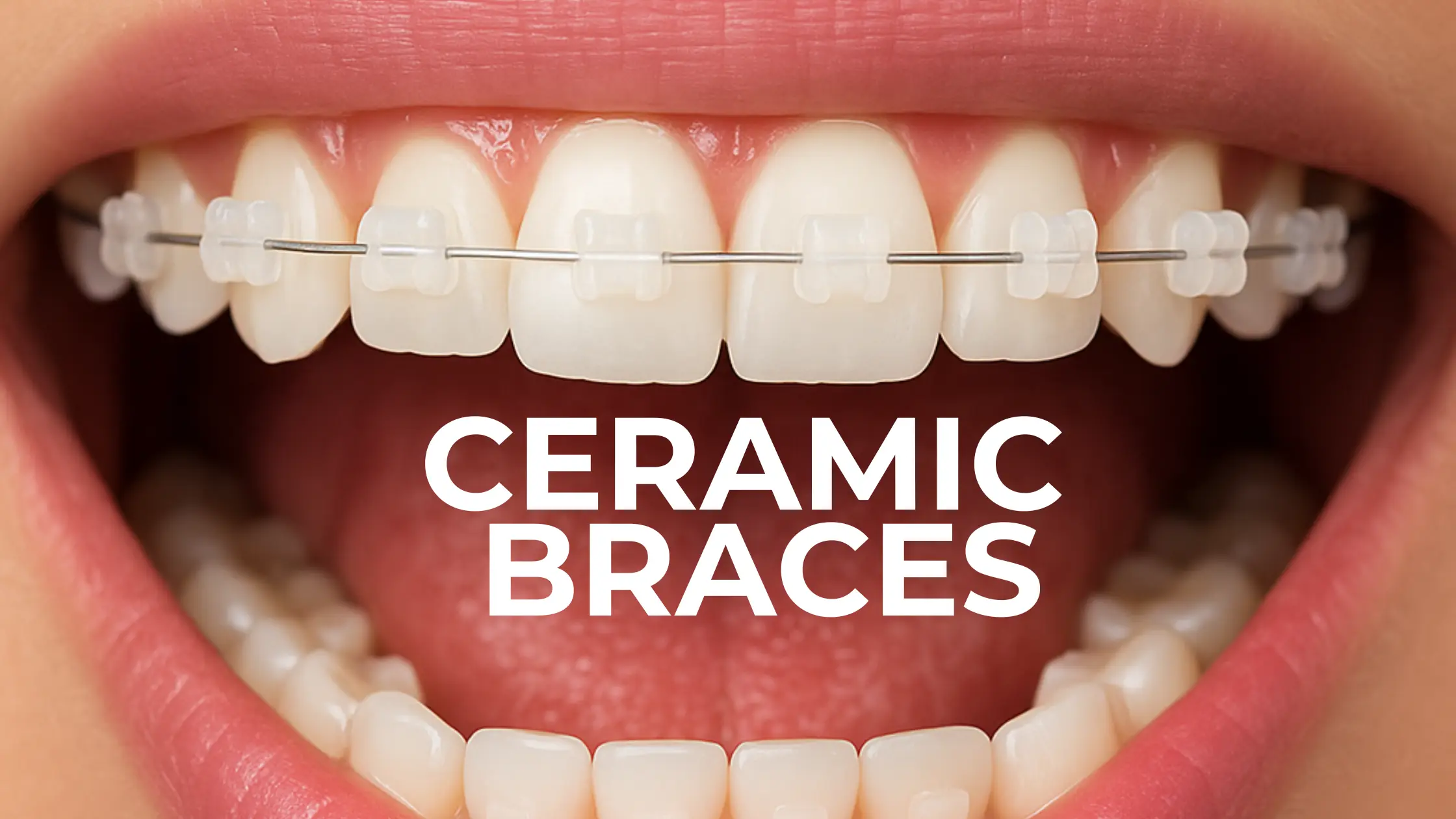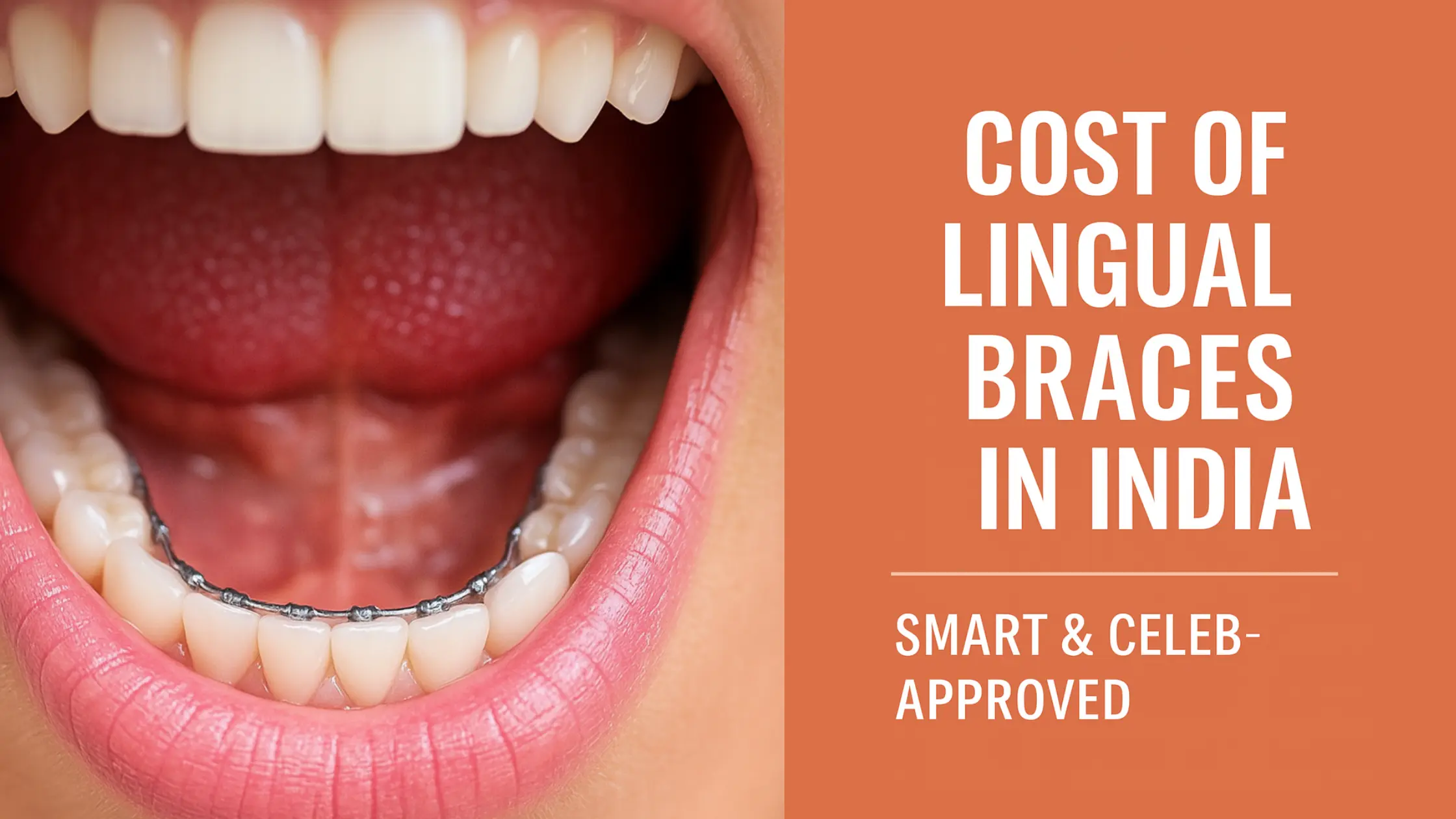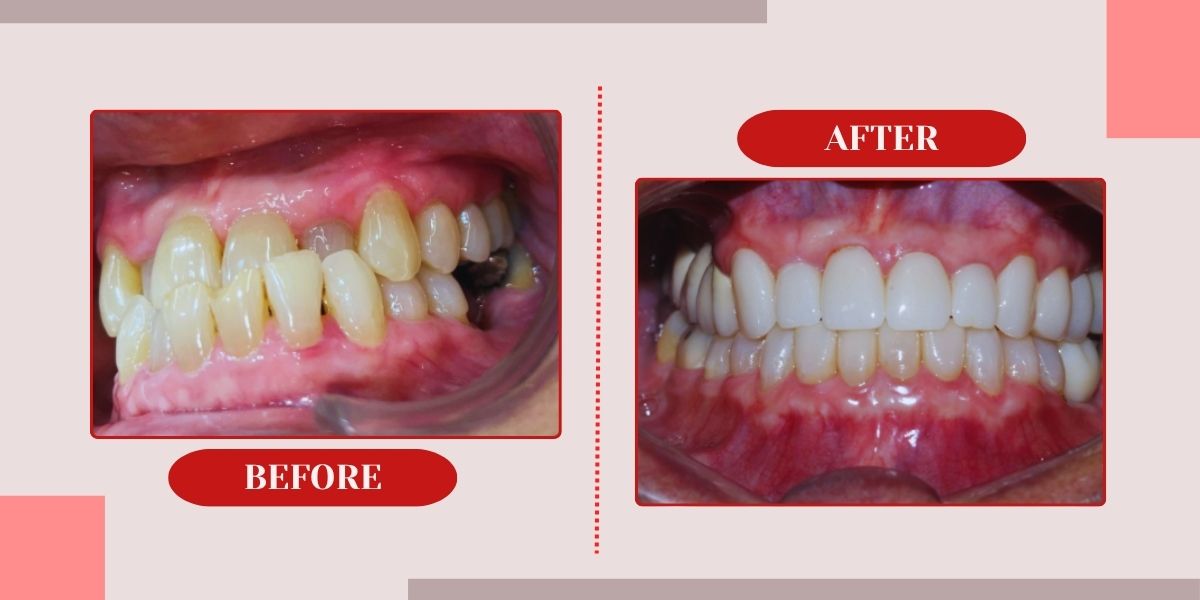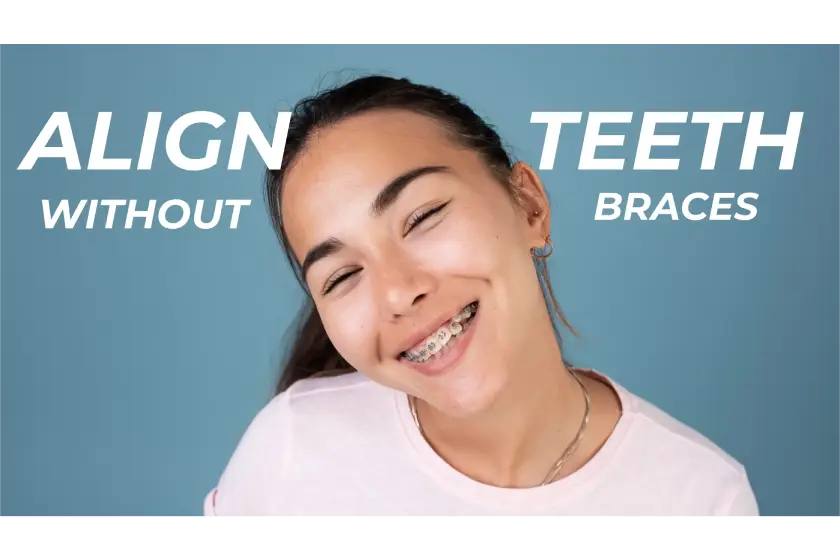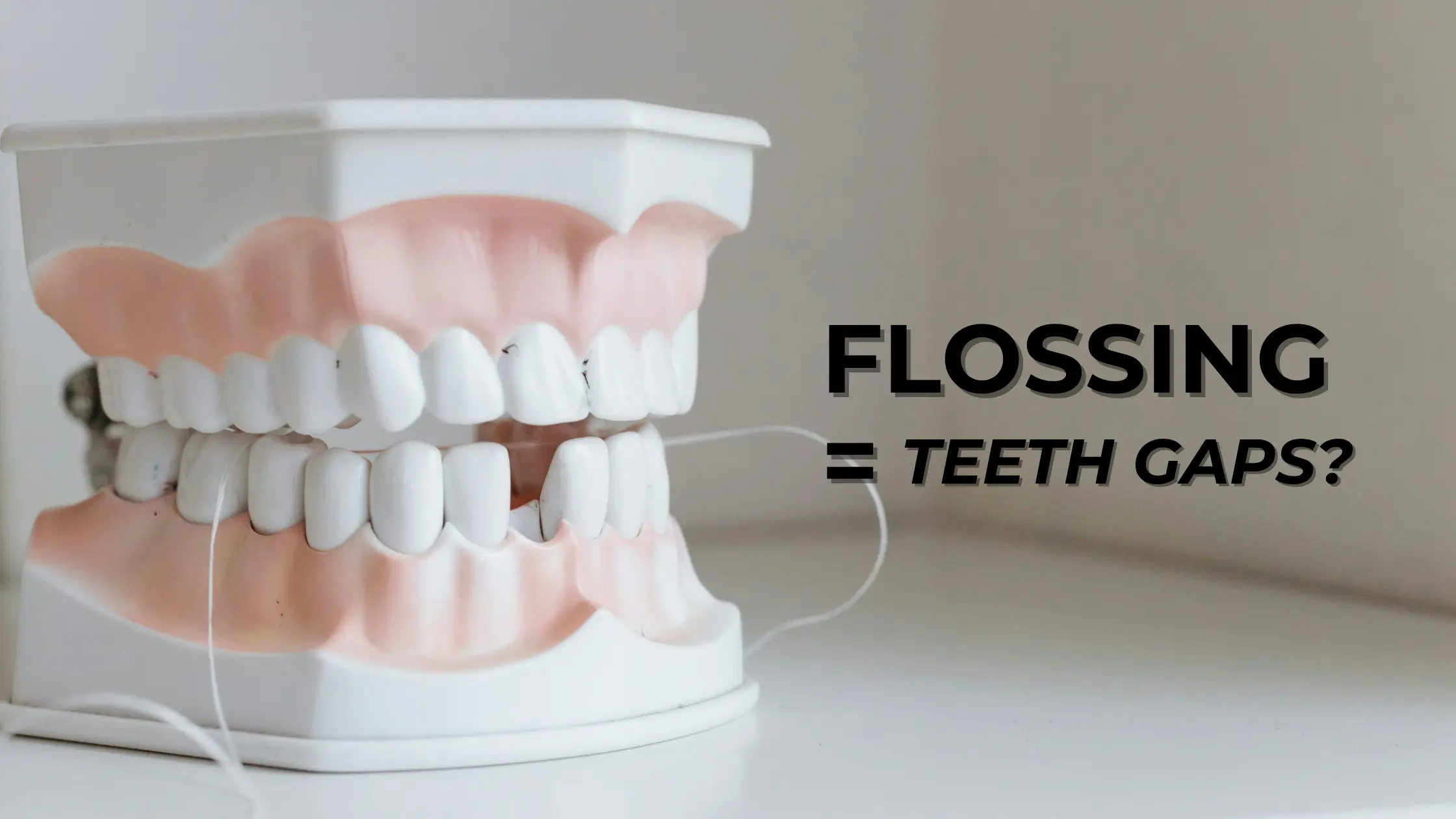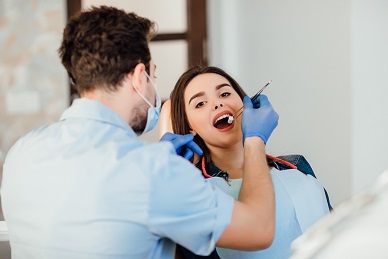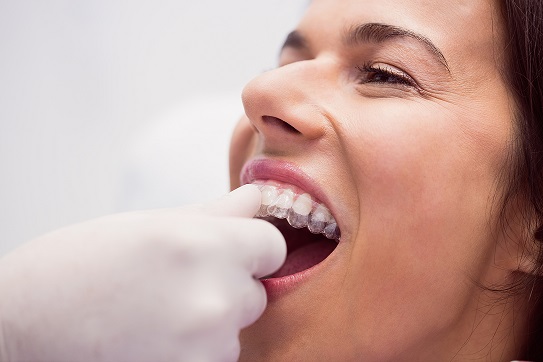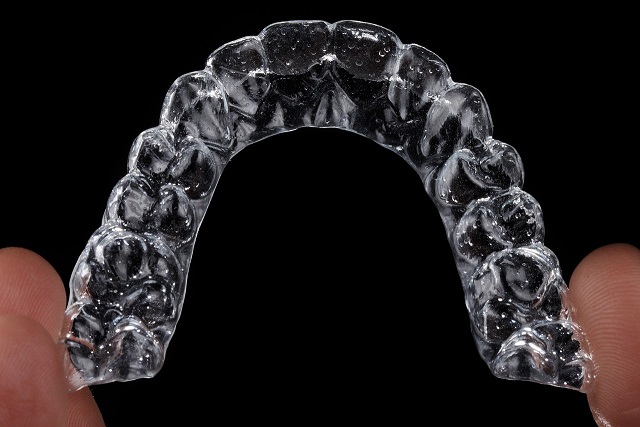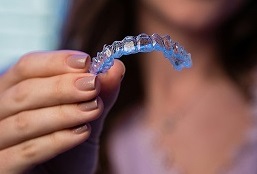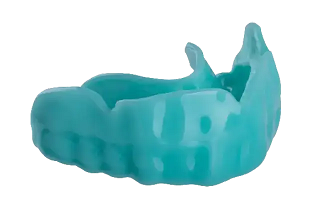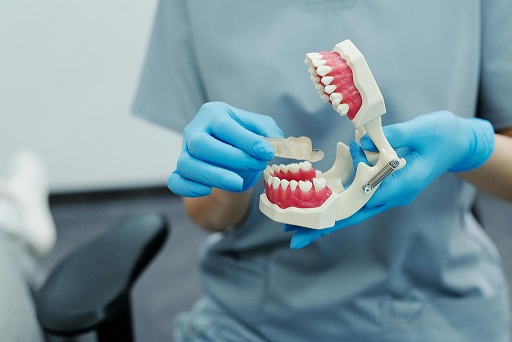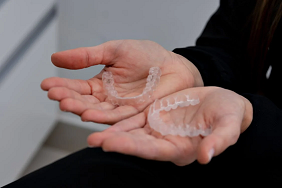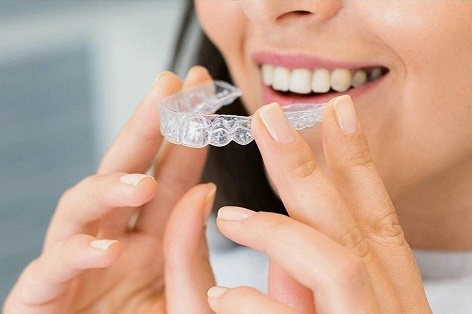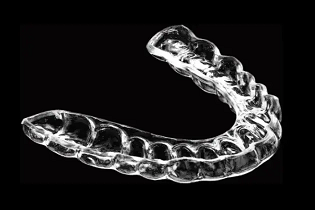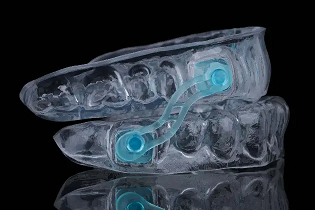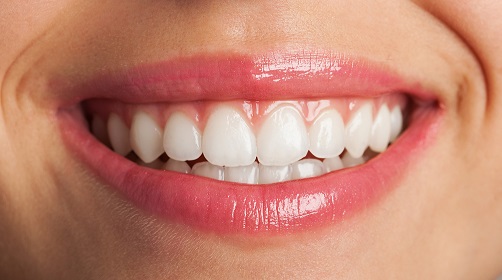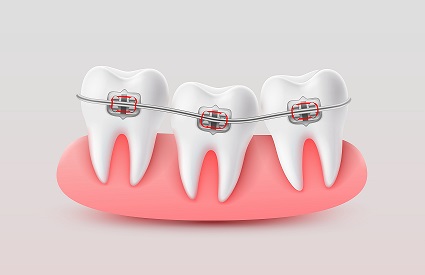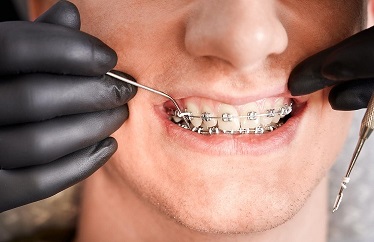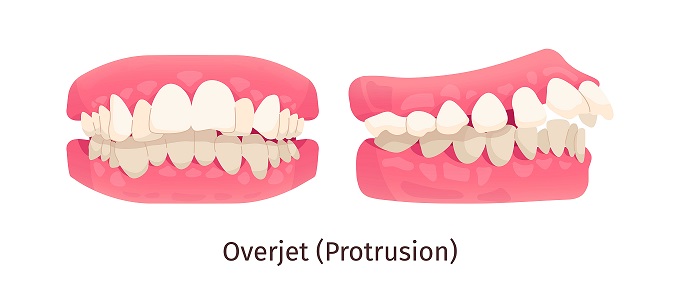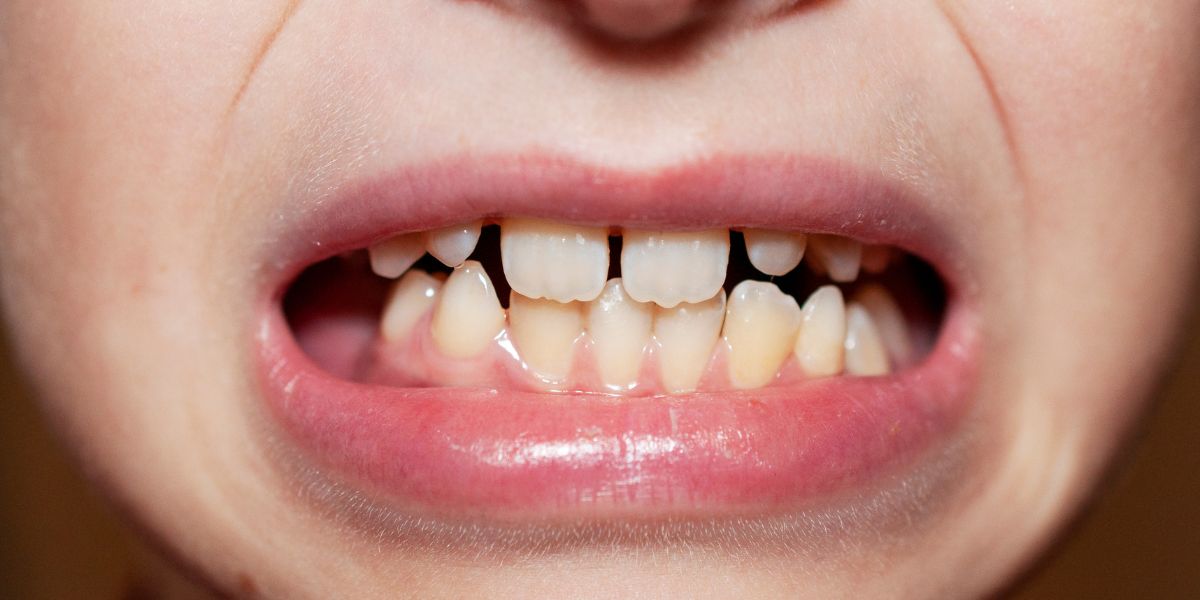
Publish on Jul 29, 2025
Misaligned Smiles: What Are the Causes of Malocclusion in Children?
Introduction
Crooked teeth and misaligned jaws might seem like small problems, but they're actually pretty common among kids. It's called malocclusion. It's not just about looks – it can affect how kids eat, talk, and feel about themselves. So, it's really important for parents, dentists, and all those involved to understand what malocclusion is all about. In this article, we'll break it down in simple terms, explaining what causes malocclusion and how to detect and treat it. Understanding all these points will help you realize why malocclusion matters so much for kids' smiles and overall health.
Understanding What Malocclusion Is
If an individual's upper teeth and lower teeth don't meet normally when closing their mouth, it can cause an improper bite. This condition is called malocclusion. It is very common in small children. Having this condition can cause children to have an incorrect bite, crooked teeth, and misaligned jaws.
There are multiple factors that cause malocclusion. They are-
- Genetics: Similar to how children can get certain traits like eye colour or hair colour and texture from their parents or family members, they can also get certain dental characteristics. Genetics play an important role in determining the size and shape of a child's jaw and the positioning of their teeth. If a child's parents have malocclusion or other dental issues, there's a higher chance that the child may face similar problems.
- Poor Oral Habits: Certain childhood oral habits like thumb sucking, nail biting, tongue thrusting, and severe mouth breathing can affect the positioning of the teeth over time. These habits can put pressure on the teeth, causing them to shift out of alignment and contribute to malocclusion.
- Prolonged Pacifier and Bottle Use:Long-term use of pacifier or bottle feeding can put pressure on the teeth and jaws, slowly pushing them out of alignment. This can create malocclusion.
- Birth Defects:Defects from birth, like cleft lip and palate, can cause teeth to not be in their correct position or jaws to have an abnormal shape in kids.
- Oral Structure Abnormalities:Baby teeth help guide the adult teeth into the correct position when they erupt. If these teeth fall out early or don't erupt, it can create a problem for the permanent teeth. This is one of the causes of malocclusion in children. Even the presence of abnormally shaped teeth and extra teeth can do the same.
- Injury:Injuries or accidents involving the jaw can lead to damage to the teeth or jaws. This damage can lead to displacement of the teeth from their position. This causes malocclusion.
- Poor Nutrition:A diet lacking in certain vitamins and minerals like calcium, vitamin C and D can affect jaw development and contribute to malocclusion.
- Oral Health Issues: Untreated cavities, gum disease, or other oral health problems can also contribute to malocclusion in children. Tooth decay and gum disease can weaken the teeth, leading to tooth loss or changes in tooth position.
Signs of Malocclusion Shown by Children
Malocclusion in kids can create many problems that affect their oral health, overall health, and confidence. These include-
- Unusual alignment of teeth.
- Poor appearance of the face.
- Problem while chewing and speaking.
- Teeth grinding (bruxism).
- Mouth breathing.
- Decay of tooth and gum disease.
- Issues of jaw joint.
- Difficulty in biting food (in cases of open bite)
- Lack of confidence and other mental health issues.
Malocclusion of teeth causes the following bite problems as well:
- Overbite: when the upper front teeth stick out in front of the lower front teeth. The overlap between the front teeth of both jaws is more than normal in Overbites. This can cause problems with biting, chewing, and even how the mouth and face look.
- Underbite: when the bottom front teeth stick out farther than the top front teeth. When closing the mouth, it looks like the lower jaw is more forward than the upper jaw. Underbites can affect how someone chews food and change the way their face looks.
- Crossbite: when some of the upper teeth are tucked behind the lower teeth instead of sitting on top of them as they should. This can happen with just one tooth or several teeth. Crossbites can cause chewing problems and make the jaw shift to one side.
- Open bite: when the top and bottom front teeth don't touch each other properly when closing the mouth. There is a gap visible between the upper and lower teeth in an open bite. This gap makes it hard to bite into food and affects how someone talks or even how their face looks.
- Crowded teeth: when there is not enough space for all the teeth to align properly. As a result, the teeth might twist, overlap, or get pushed out of alignment. This makes it difficult to clean the teeth well and leads to cavities. It also affects how someone's smile looks.
What Are the Different Categories of Malocclusion?
- Class 1 malocclusion is when the upper teeth sit slightly over the lower teeth. It is very common, and the bite is normal.
- Class 2 malocclusion is also known as overbite. In this, the upper teeth and jaw stick out in front of the lower teeth and jaw to a high extent.
- Class 3 malocclusion, also called underbite, is when the bottom front teeth stick out farther than the top front teeth. This makes it look like the lower jaw is placed ahead of the upper jaw.
How Can You Detect Malocclusion?
Diagnosing malocclusion in kids is done by a dentist or orthodontist who is qualified to treat jaw and teeth alignment problems. Here's how it's done:
- Visual Examination: The dentist or orthodontist will look at the child's teeth and jaws to check if there are any obvious signs of malocclusion, like crooked teeth, gaps, or an improper bite.
- Medical History: The dentist will ask the parent and the child about their medical history, including any injuries or trauma that may have happened or habits like thumb-sucking or mouth breathing, which can contribute to malocclusion.
- X-rays: Sometimes, X-rays are taken to get a look at the internal images of teeth, jaws, and bone structures. This helps the dentist see how everything is aligned and if there are any hidden issues.
- Bite Analysis: The child will be asked to bite down on special paper or a bite stick to see how their teeth come together. This helps determine if there's an overbite, underbite, or other bite problems.
- Impressions: The child may need to bite into a soft material to make a mould of their teeth. This helps the dentist see the exact shape and position of each tooth.
By putting all this information together, the dentist can diagnose if the child has malocclusion and recommend the best treatment options to help straighten their smile.
What Is the Treatment for Malocclusion?
Kids with mild malocclusion do not require treatment. They can manage their day-to-day activities without any problem. However, children who have severe malocclusion will require certain treatments, depending on their case.
- Jaw surgery: If the jaw bones are responsible for the malocclusion, then surgery is required to reshape the jawbone and correct the bite problem.
- Fixed and removable mouth appliances:Devices like teeth braces, retainers, and more can help straighten the teeth.
- Removal of teeth:Removal of one or more teeth might also help create space and fix the malocclusion.
- Fixing teeth:Some teeth might need to be reshaped or restored with caps and fillings to fix the malocclusion.
Conclusion
It is super important to understand why kids may have crooked teeth in order to keep their smiles healthy. Whether it's from family genes, habits like thumb-sucking, or accidents, there are lots of reasons why teeth might not grow straight. By knowing these causes of malocclusion early in life, parents and dentists can work together to fix issues and ensure kids have happy, healthy smiles. So, let's keep those little teeth shining bright and their bites feeling just right!
Medically Reviewed By Dr Jaineel Parekh, MDS orthodontics
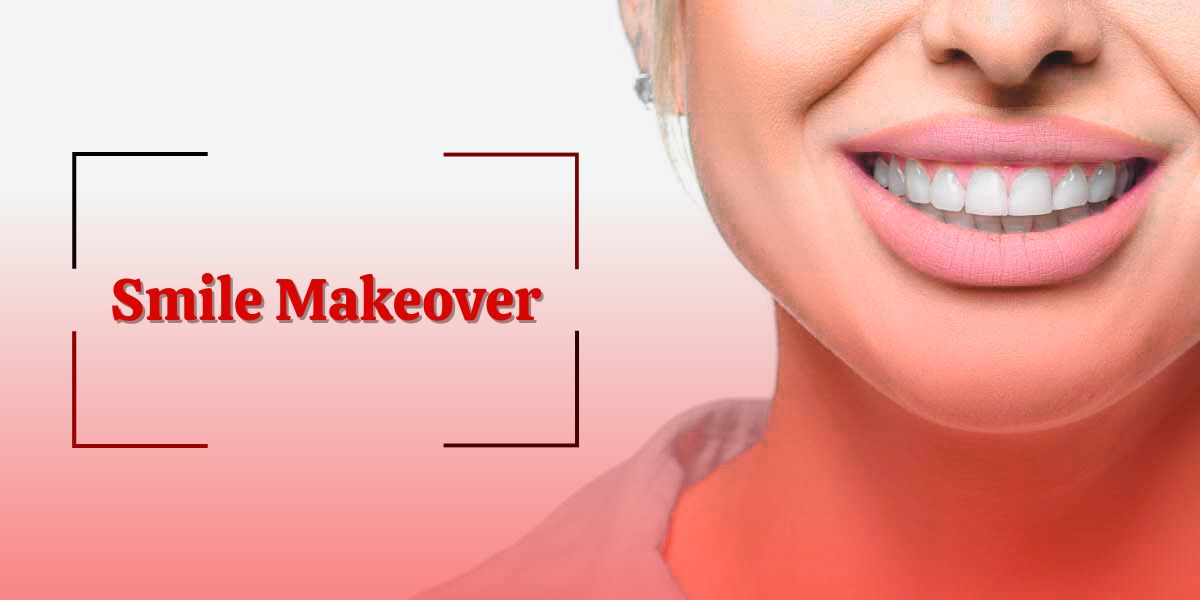
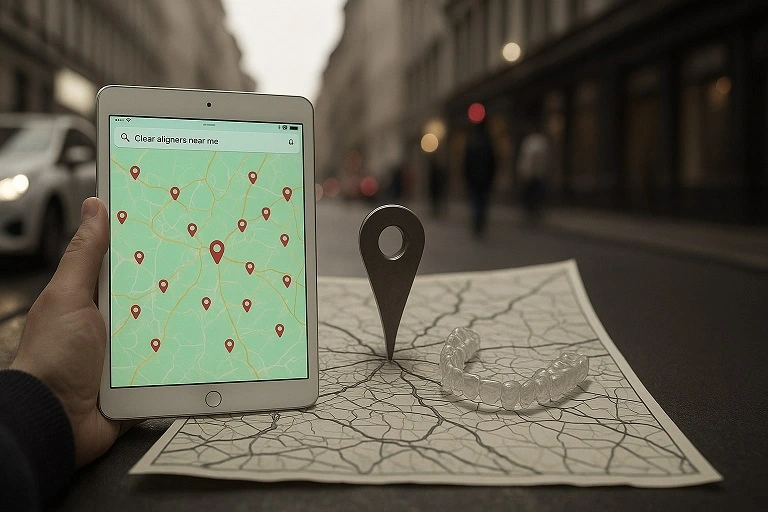
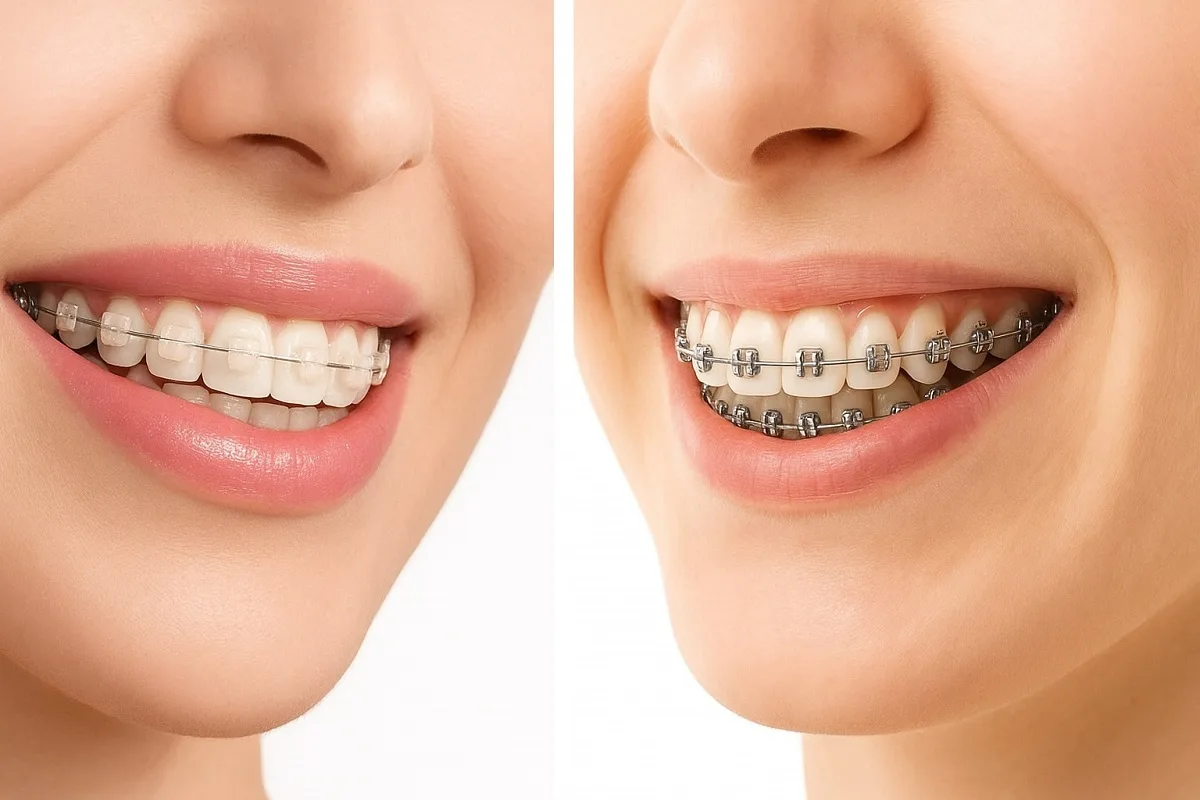
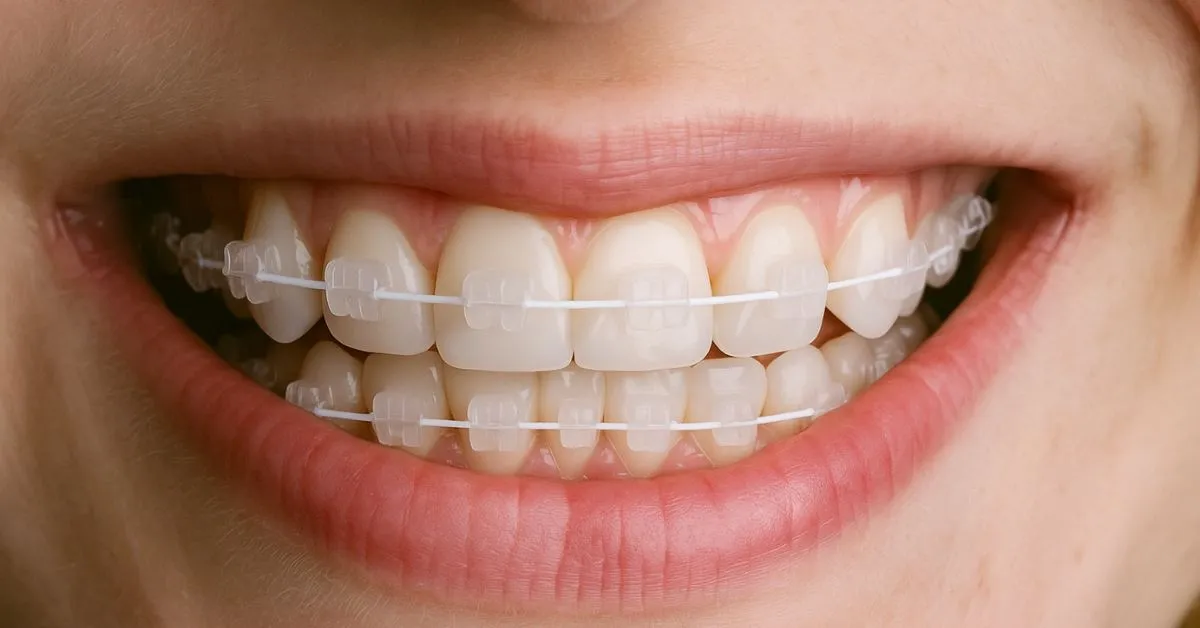
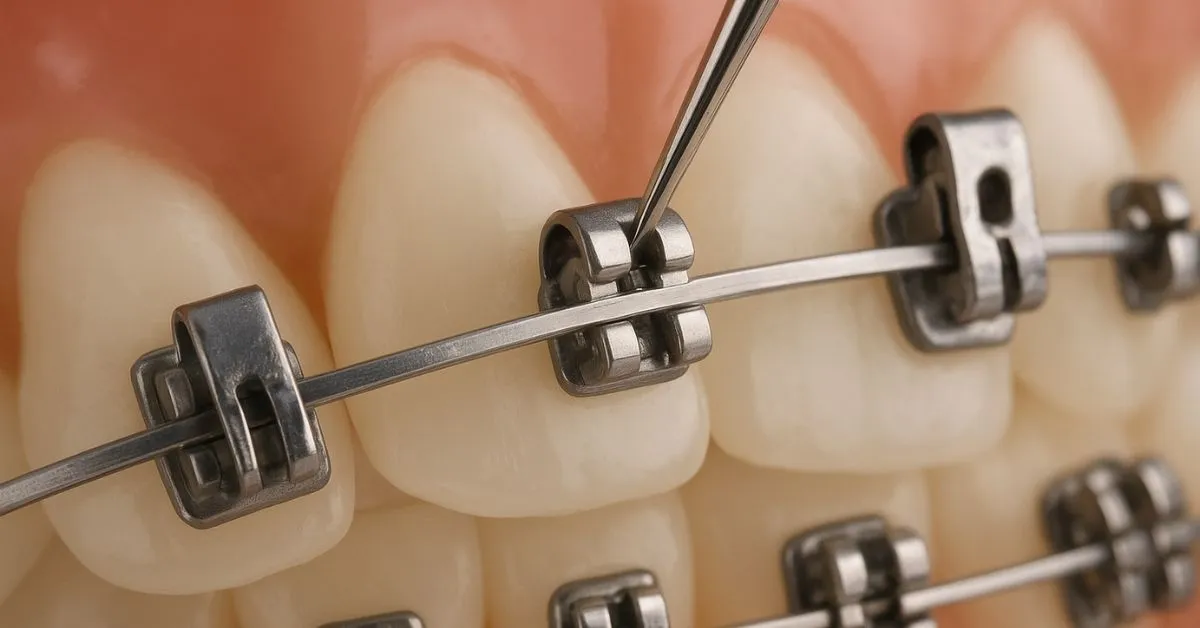
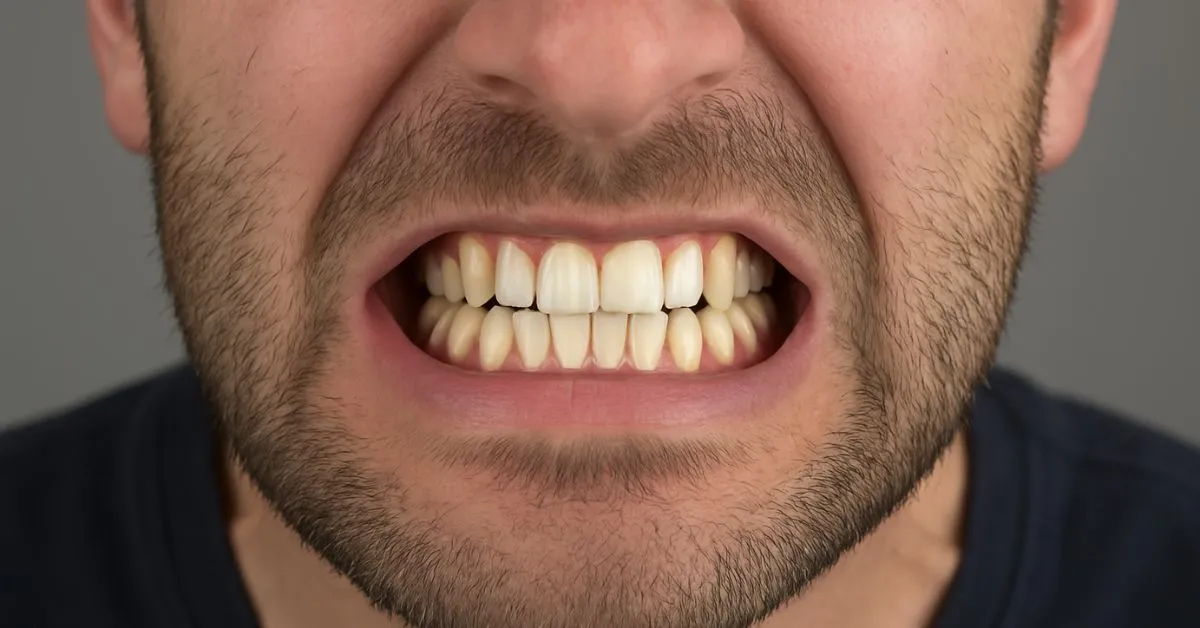
.webp
)
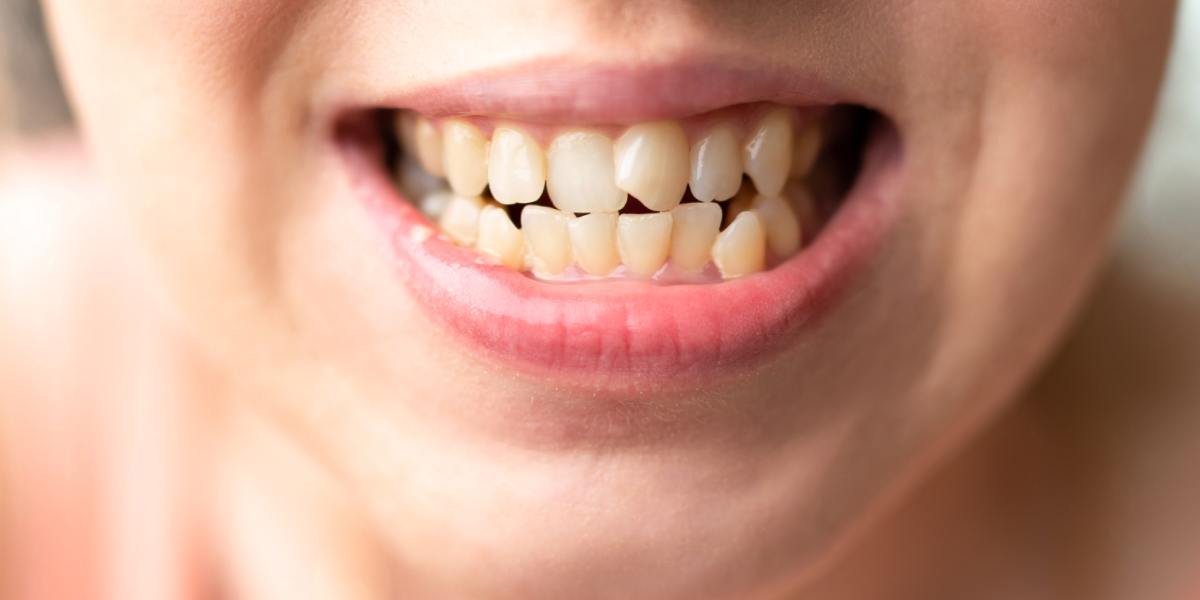
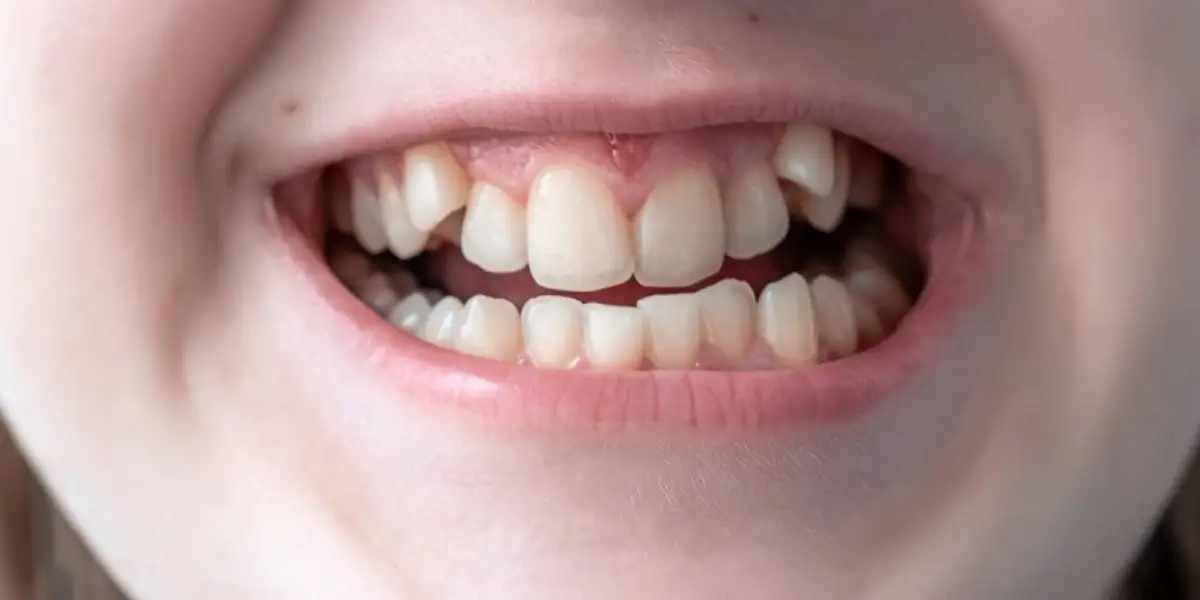
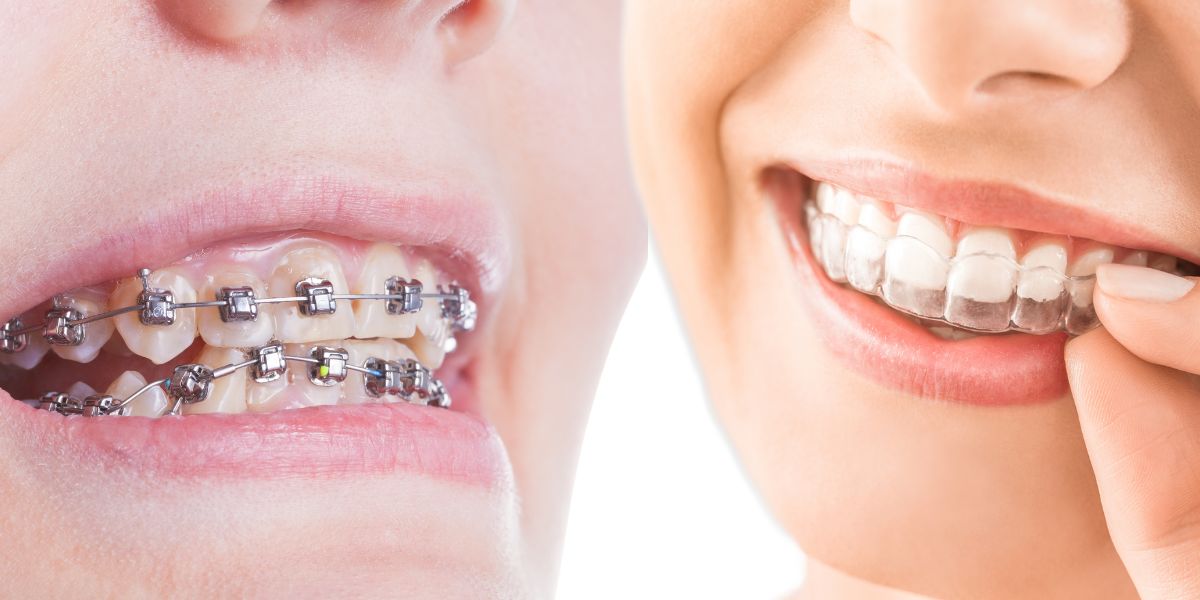
.jpg)
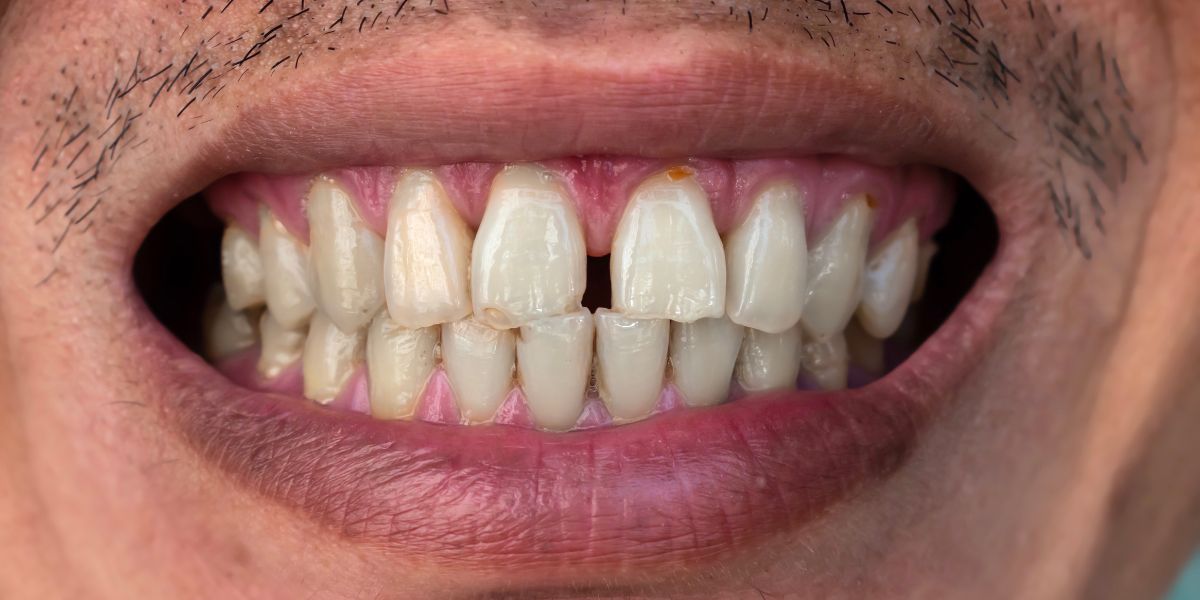
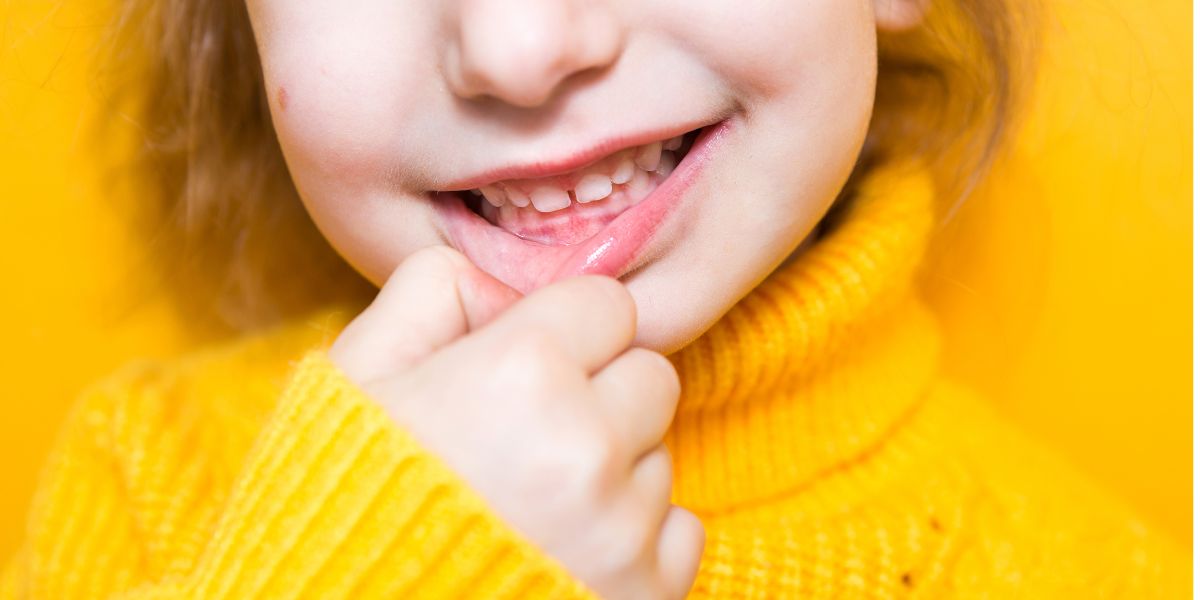
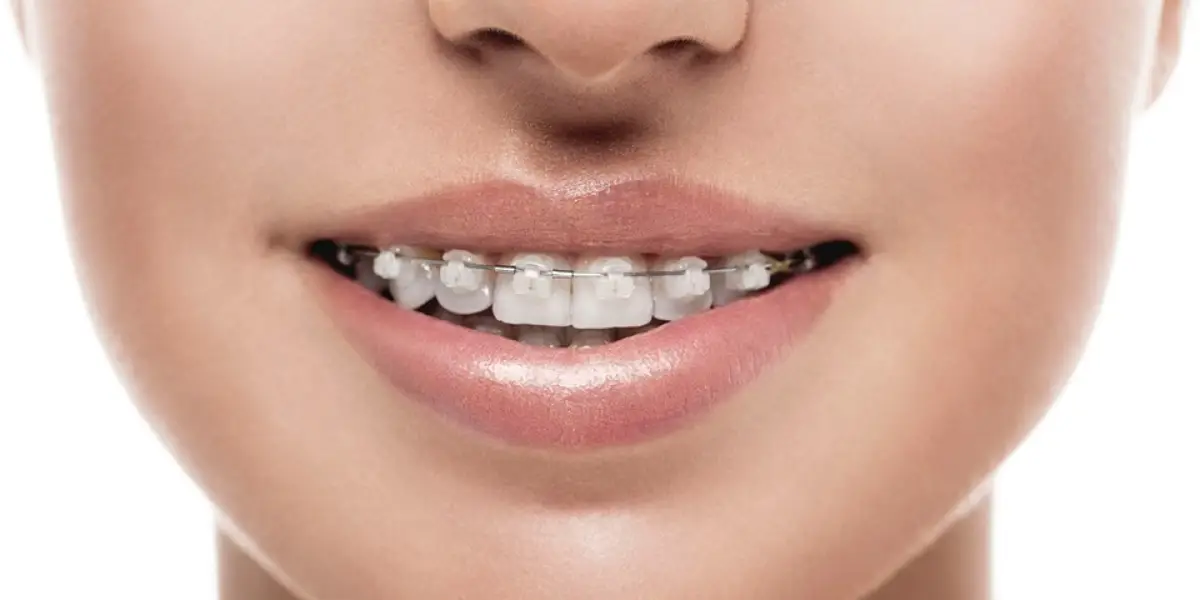
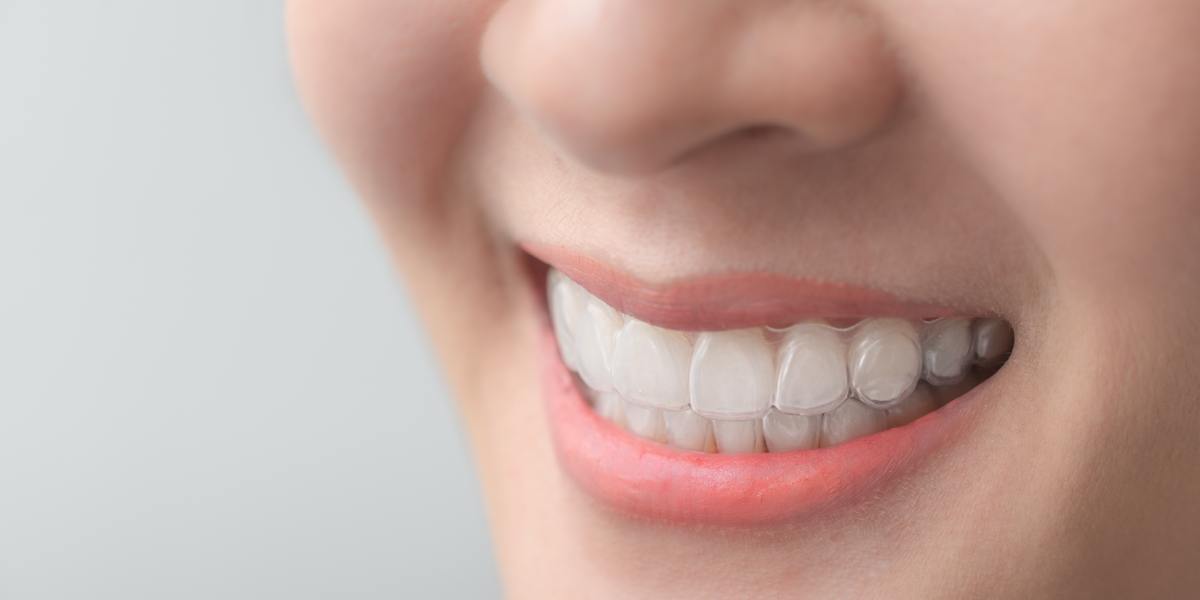

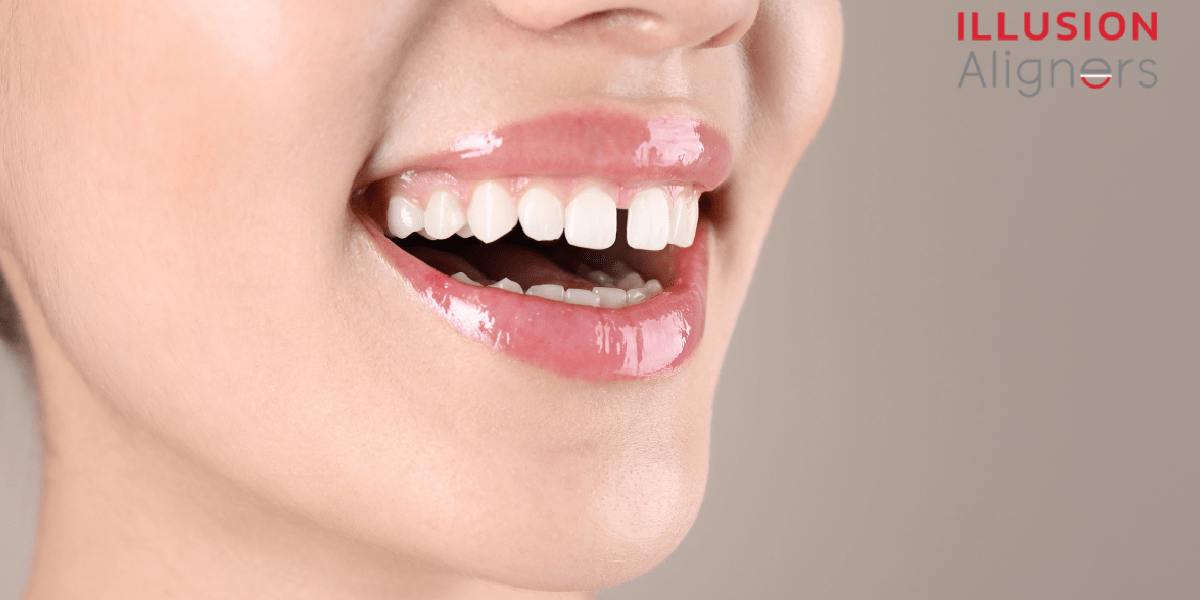
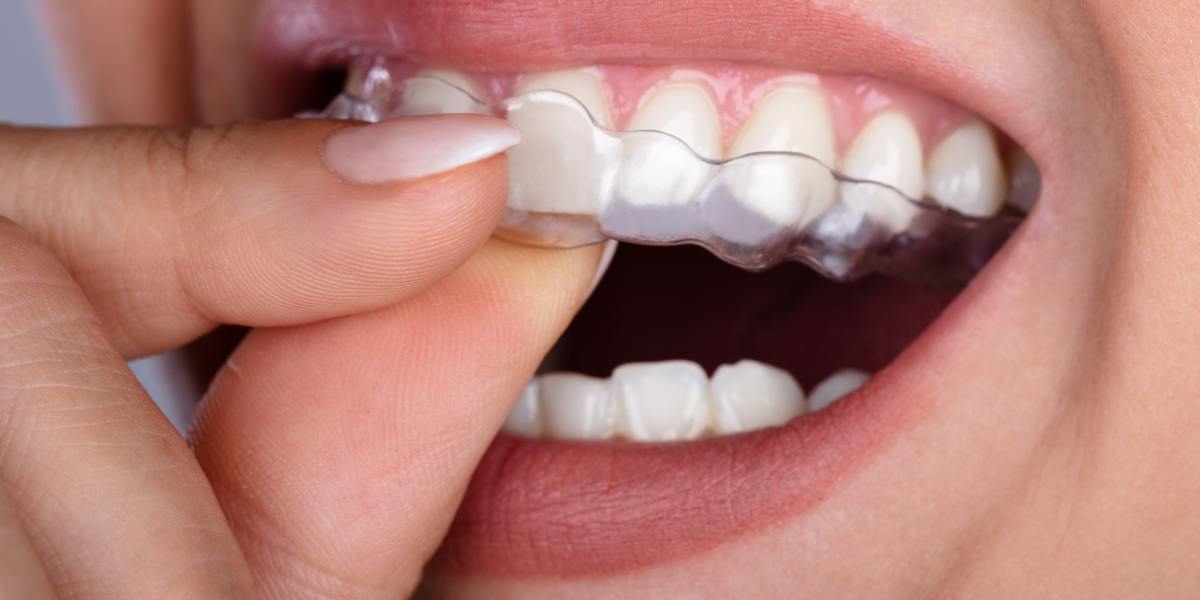
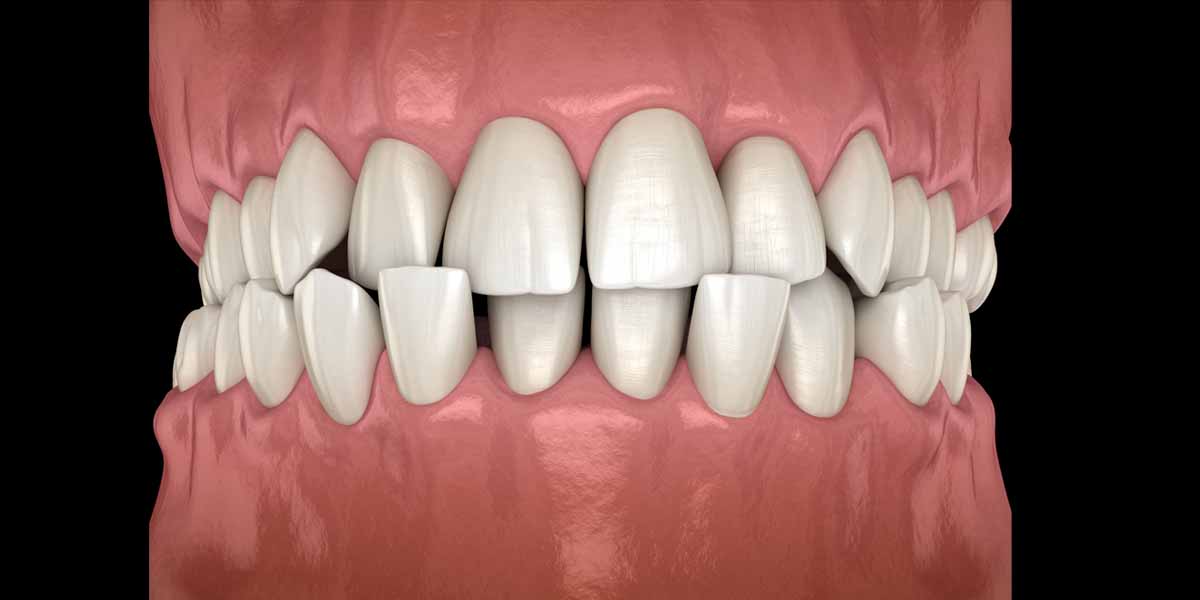
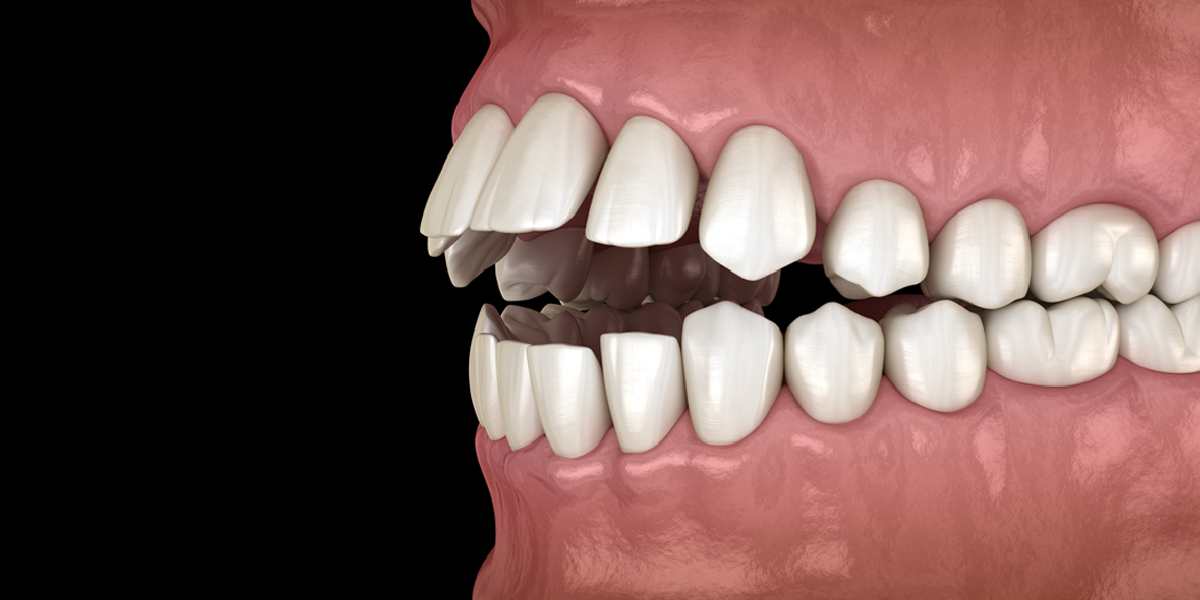
2.jpg)
